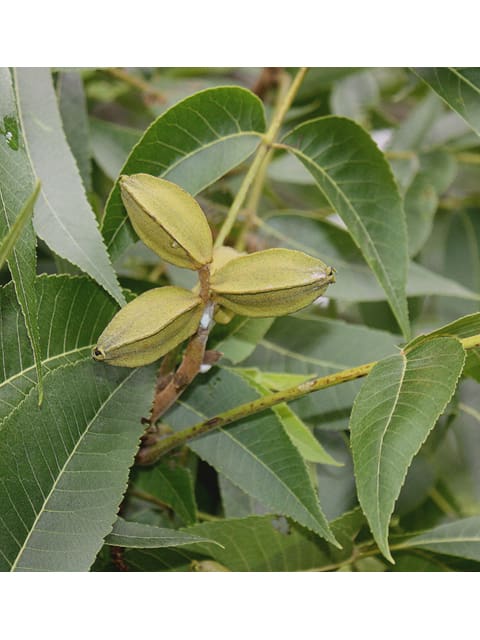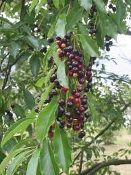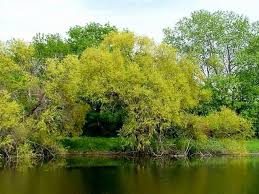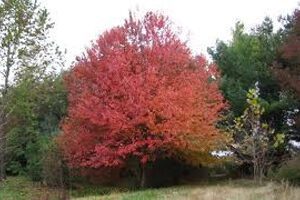Carya illinoinensis, Pecan, 12-18″ Wholesale Native Bare Root Trees, Nut Trees
$3.00
1750 in stock
Carya illinoinensis, Pecan, 12-18″ Wholesale Native Bare Root Trees
Wholesale Native Bare Root Trees
for sale Wholesale Pricing is based on quantity.
An order minimum/multiples of 25 of this size/species is required.
25 or more $3.00 each
50 or more $1.75 each
300 or more $1.65 each
1000 or more $1.55 each
Check the native status of this species for your area: https://plants.usda.gov/plant-profile/CAIL2
For Shipping, Install and additional info please see “About Bare Root“.
Native bare Root Trees are dug and shipped while dormant, late November to early spring.
See all available native Bare Root Trees
Order Minimum
There is a minimum order total of $150.00.
before tax (VA residents only) and shipping.
There are NO EXCEPTIONS.
Description
Carya illinoinensis, Pecan, 12-18″ Wholesale Native Bare Root Trees
An order minimum/multiples of 25 of this size/species is required.
USDA Symbol: cail2
USDA Native Status: L48 (N)
Breeding System: Flowers Unisexual , Monoecious
Fruit Type: Nut
Size Notes: Up to about 160 feet.
Leaf: Yellow-Green
Bloom Information
Bloom Color: Yellow
Bloom Time: Mar , Apr , May
Distribution
USA: AL , AR , FL , GA , IA , IL , IN , KS , KY , LA , MD , MO , MS , NC , OH , OK , SC , TN , TX , VA
Native Distribution: AL to TX, n. to OH, s.e. IN, IL, s.e. IA & s.e. KS
Native Habitat: Wooded bottomlands; stream banks
Growing Conditions
Water Use: High
Light Requirement: Sun
Soil Moisture: Moist
CaCO3 Tolerance: Low
Cold Tolerant: yes
Soil Description: Rich, moist, well-drained soils. Sandy, Sandy Loam, Medium Loam, Clay Loam, Clay, Caliche typeConditions Comments: The sweet, edible nut, makes pecan the best hickory for fruit production.
Native American Use and Cultivation:
Food Source:
Pecans were a crucial food source for various tribes, providing sustenance during fall and winter. The nuts were consumed fresh, stored for later use, and also used to create pecan milk by grinding the nuts into a meal and adding water.
Hunting Aid:
Native Americans recognized that the pecan harvest attracted wildlife, making them strategic locations for hunting deer, ducks, and other animals.
Range Expansion:
Native Americans likely aided in the spread of pecan trees by planting them, particularly along riverbanks, including the Mississippi River.
Medicinal Uses:
Some tribes used pecan paste, oil, or leaf/bark infusions to treat various ailments, including intestinal worms, skin eruptions, and colds.
Cultural Significance: Extreme. Please take time to research and learn about the importance of this tree for native peoples.
Benefit
Use Ornamental: Excellent nut and shade tree, fall conspicuous.
Use Wildlife: Fruit mammals and birds, Substrate-insectivorous birds.
Use Food: Fruits-nutrition
Use Other: Furniture, veneer for wood paneling, charcoal.
Interesting Foliage: yes
Attracts: Butterflies
Larval Host: Gray hairstreak butterfly
Butterflies and Moths of North America (BAMONA)
Gray Hairstreak
(Strymon melinus)
Native American Use and Cultivation:
Food Source:
Pecans were a crucial food source for various tribes, providing sustenance during fall and winter. The nuts were consumed fresh, stored for later use, and also used to create pecan milk by grinding the nuts into a meal and adding water.
Hunting Aid:
Native Americans recognized that the pecan harvest attracted wildlife, making them strategic locations for hunting deer, ducks, and other animals.
Range Expansion:
Native Americans likely aided in the spread of pecan trees by planting them, particularly along riverbanks, including the Mississippi River.
Medicinal Uses:
Some tribes used pecan paste, oil, or leaf/bark infusions to treat various ailments, including intestinal worms, skin eruptions, and colds.
Cultural Significance:
Pecan groves were often cleared of competing vegetation by Native Americans to promote growth, and some tribes may have even managed and tended these groves.
The largest of the hickories, pecan typically grows 70-100 ft. and can reach 160 ft. It is massive-trunked, with stout branches supporting a symmetrical, oval crown. Slate gray bark remains smooth for years. Pinnately-compound, deciduous leaves are 12-20 in. long with 11-17 leaflets. Midrib of the leaflet off center with the wider part of the blade toward the leaf tip. Flowers inconspicuous, male in elongate clusters, both sexes on same tree. Fruit an oblong nut enclosed in a thin husk splitting open at maturity, husk often persistent on the tree for weeks after the nut has fallen.
Pecan is one of the most valuable cultivated plants originating in North America. Improved varieties with large, thin-shelled nuts are grown in plantations or orchards in the Southeast; pecans are also harvested locally from wild trees. The wood is used for furniture, flooring, veneer, and charcoal for smoking meats. The word pecan is of Algonquin origin. The Latin species name is from an old term, “Illinois nuts,” and refers to the region where traders found wild trees and nuts. Native Americans may have extended the range by planting. This tree of the Mississippi valley was unknown to British colonists on the Atlantic coast. Thomas Jefferson planted seeds at Monticello and gave some to George Washington; now these Pecans are the oldest trees in Mount Vernon.
Carya illinoinensis, Pecan, 12-18″ Wholesale Native Bare Root Trees
Wholesale Native Bare Root Trees
for sale Wholesale Pricing is based on quantity.
An order minimum/multiples of 25 of this size/species is required.
25 or more $3.00 each
50 or more $1.75 each
300 or more $1.65 each
1000 or more $1.55 each
Check the native status of this species for your area: https://plants.usda.gov/plant-profile/CAIL2
For Shipping, Install and additional info please see “About Bare Root“.
Native bare Root Trees are dug and shipped while dormant, late November to early spring.
See all available native Bare Root Trees
Related products
-

Salix nigra, Black Willow 18-24″, Wholesale Native Bare Root Trees
$8.00 Add to cart -

Acer rubrum, Red Maple 12-18″, Wholesale Native Bare Root Trees
$1.60 Add to cart -

Acer saccharinum, Silver Maple 2-3ft Wholesale Native Bare Root Trees
$3.75 Add to cart -

Celtis occidentalis, Hackberry 18-24″ Wholesale Native Bare Root Trees
$3.50 Add to cart





